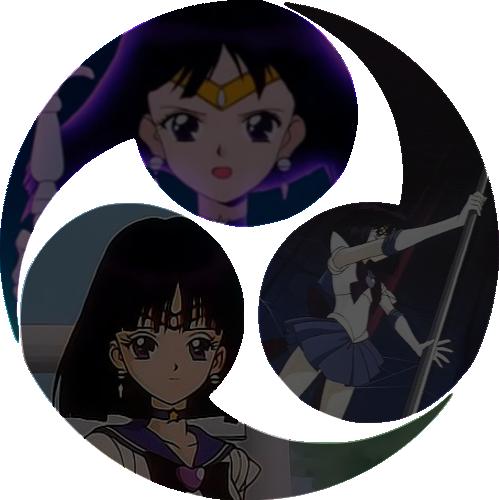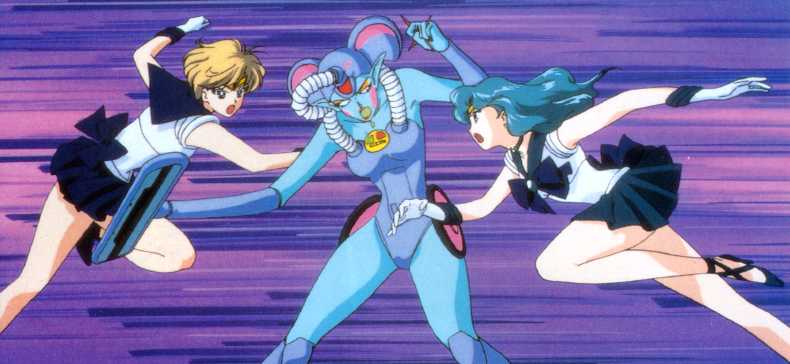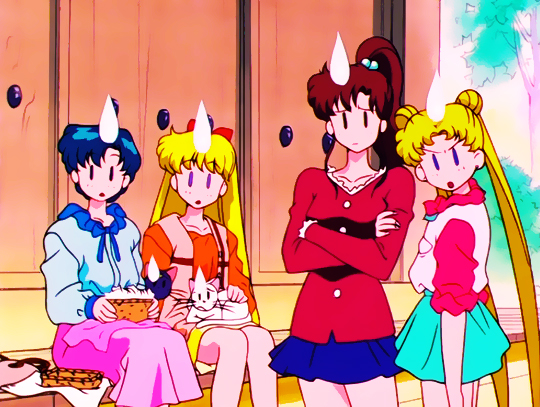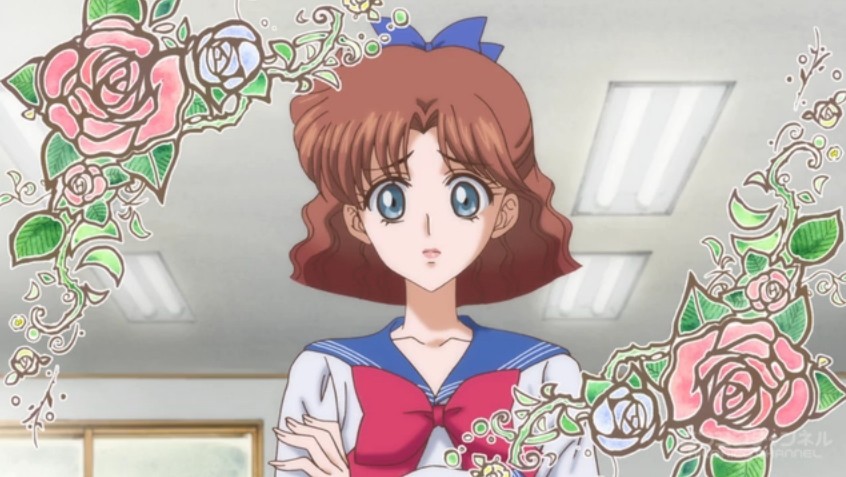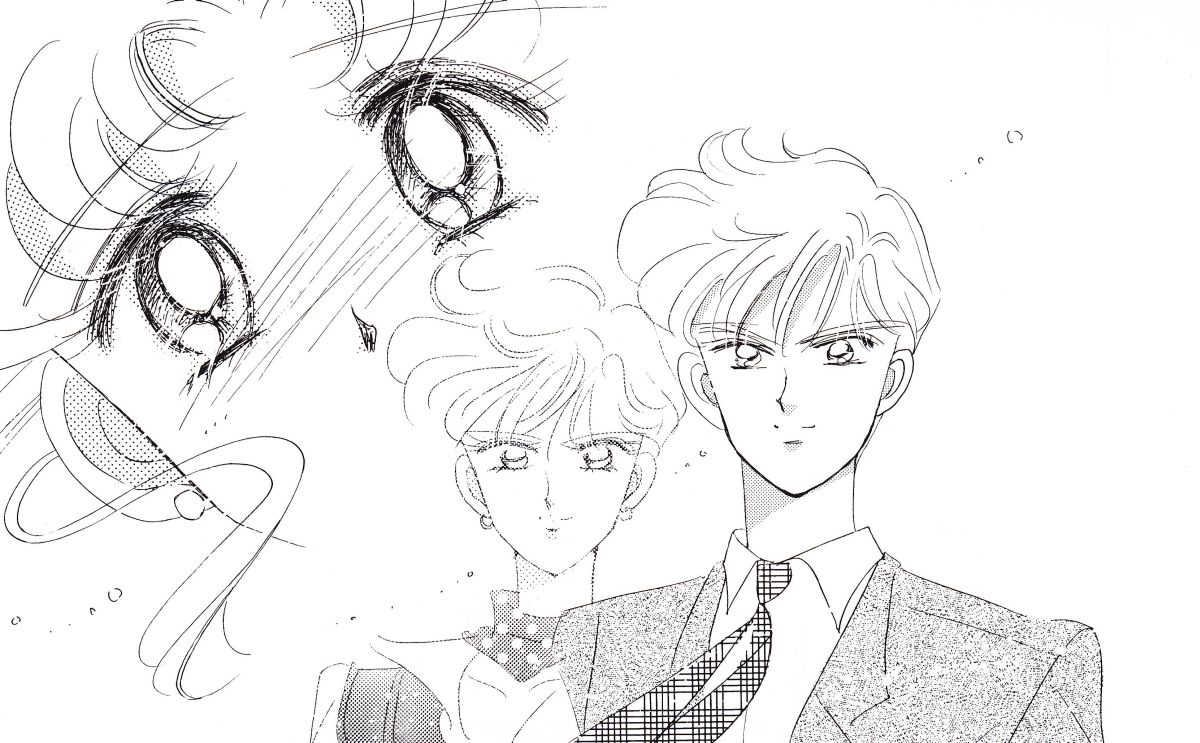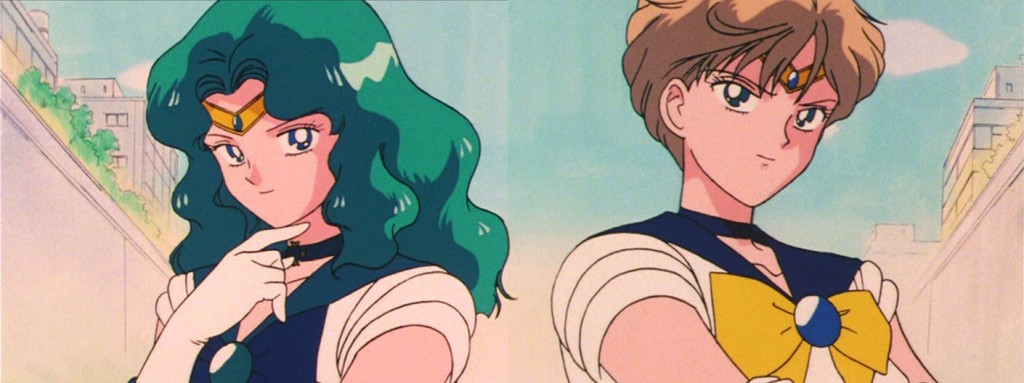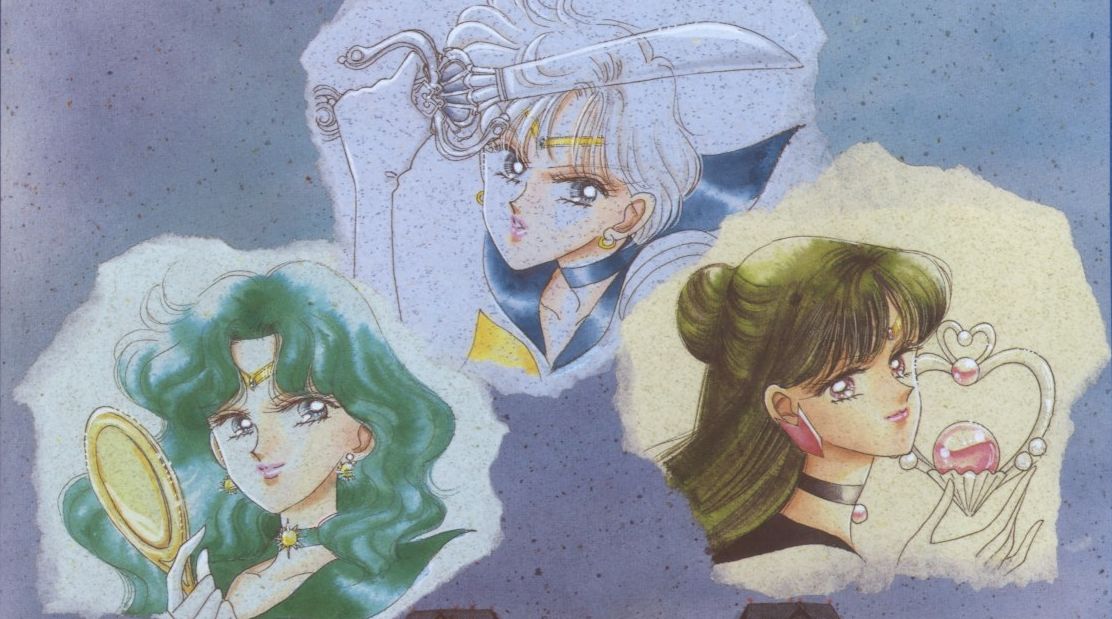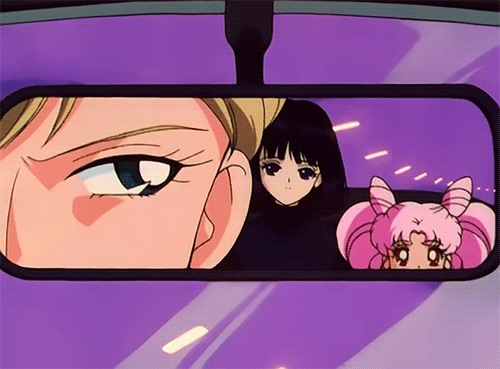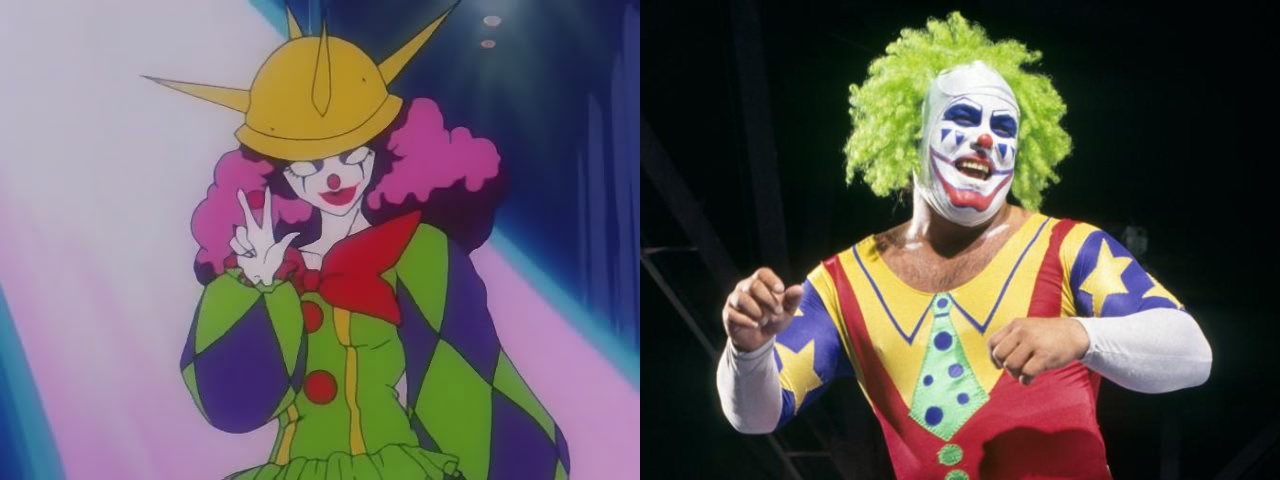It would probably be fair to say that the historical connections and meanings behind the names of the Sailor Moon cast seems to be something of a running theme for me. On the other side of the coin, though, Ms. Takeuchi definitely seems to have done her homework when it comes to naming her characters and even went out of her way to add hidden references to the character’s planets and personalities. And that’s not even talking about all of the in-jokes and references that the anime staff put in!
As most any Sailor Moon fan can tell you, all of the Sailor Soldiers are named in a way that directly references their planets (though the Minako/Venus connection isn’t so obvious). Once she reached the Outer Soldiers, in fact, their names literally come from the Japanese names for their respective planets,1 with the final character for star/planetary-body (星; hoshi)2 omitted. However, oddly enough, Hotaru’s last name, Tomoe, doesn’t fit so neatly into this naming system. In fact, other than the fact that the To part of her name is made up of the symbol for soil (土; tsuchi/to),3 which is the Japanese elemental symbol representing Saturn.4
What about Moe? Well, the kanji used is an alternate (uncommon and used only for names)5 way of writing moe (萌え; infatuation),6 which I’m sure is a term that many modern fans of Japanese anime are familiar with.7 So at first blush, one could assume that Hotaru’s last name implies that she is infatuated with the earth… but that would be incorrect. As with the names of some other characters, the most obvious Japanese translation is not always the correct answer, and that’s also the case here with Hotaru’s last name.
You see, the more likely interpretation is that the kanji which make of Tomoe (土萠) are irrelevant and that her name is actually a direct reference to the Japanese shape known as a tomoe.8 In its most common form, as a mitsudomoe (三つ巴; triple tomoe) which is commonly found on Shinto shrines and on taiko drums, it is said to represent the three-fold division between mankind, earth, and sky. Incidentally, going back to its Shinto roots (though the symbol also appears in Korea, China, and throughout Asia, so it’s fair to say that its origins are not Japanese), the tomoe was traditionally associated with Hachiman, the god of war.9 What’s more, this was also the symbol used on the flag of the Ryukyuan Kingdom10 and is today strongly associated with karate and various other forms of martial arts throughout Okinawa, further cementing its military nature.
Taken all together, it’s pretty apparent that the stronger connection for Hotaru here would be with the tomoe symbol, both for its military applications (which ties in nicely with her status as one of the most powerful Sailor Soldiers) as well as for its symbolism related to the various stages of life – birth, death, and life in heaven.
As usual, I really have to give it to Ms. Takeuchi to be able to slip references like this in, all the while making it seem totally natural. Not only did she manage to include the reference to the planet Saturn, but even managed to include a far deeper cultural reference. She never ceases to amaze!
